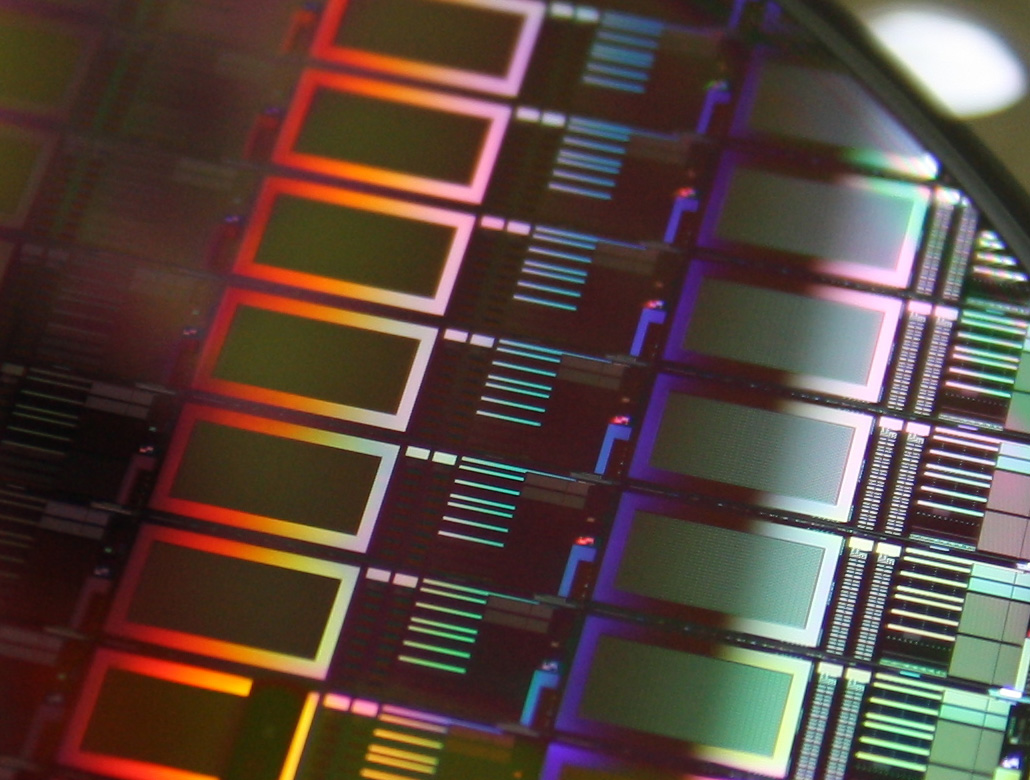Low light detection
Highly sensitive image sensors can detect single photons with spatial and temporal resolution without loss of information.
For many applications, detection of very low light levels is essential, for example, to suppress noise, save energy, or make low-energy phenomena visible. In some, it is even indispensable when only a few photons are available to carry relevant information.
In optical spectroscopy, for example, often only small amounts of light are emitted by the material under investigation, and these are also separated according to wavelength. In order to make quantum phenomena visible, the detection of single photons, often with time information, is normally also necessary.
The reliable detection of small amounts of light places high demands on suitable optical sensors, which ideally must detect single photons with high probability without being affected by intrinsic noise. Only certain types of sensors have this capability and can be used for low-light detection.
Expertise
With the Single-Photon Avalanche Diode, the Fraunhofer IMS has access to a high-performance device designed for the detection of single photons. The SPAD has been integrated into the company's proprietary 0.35 µm CMOS technology and can thus be built directly into an IC to form the basis of a single photon detector. With the goal of achieving high speed while maintaining high temporal resolution and sensitivity, experience has been gained over many years in the design of the circuitry used to drive and readout the SPAD. In addition, the device was optimized with respect to noise, thus realizing the SPAD with the world's lowest dark count rate.
Further information about activities of the Fraunhofer IMS in Low Light Detection can be found in the following info sheets.

